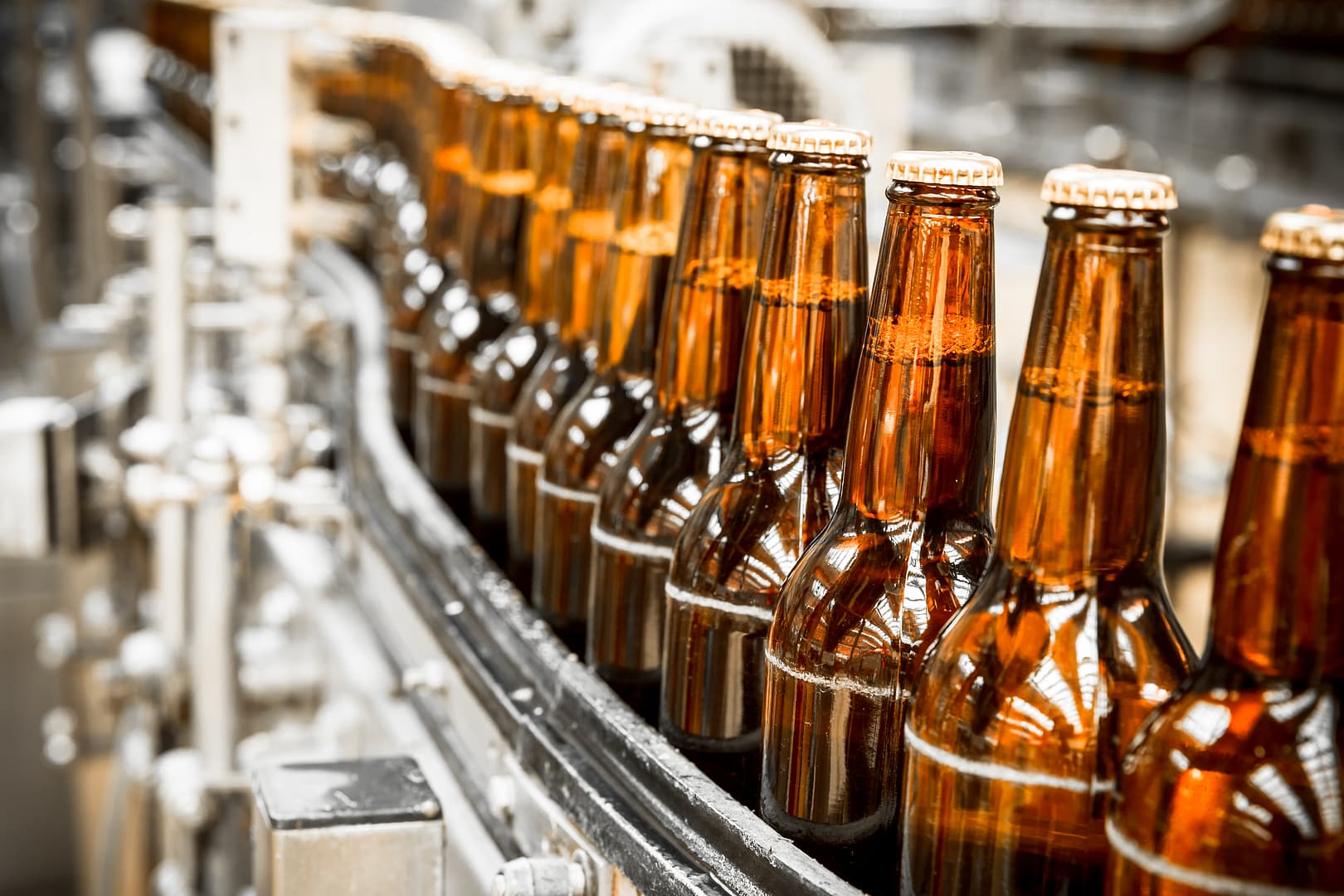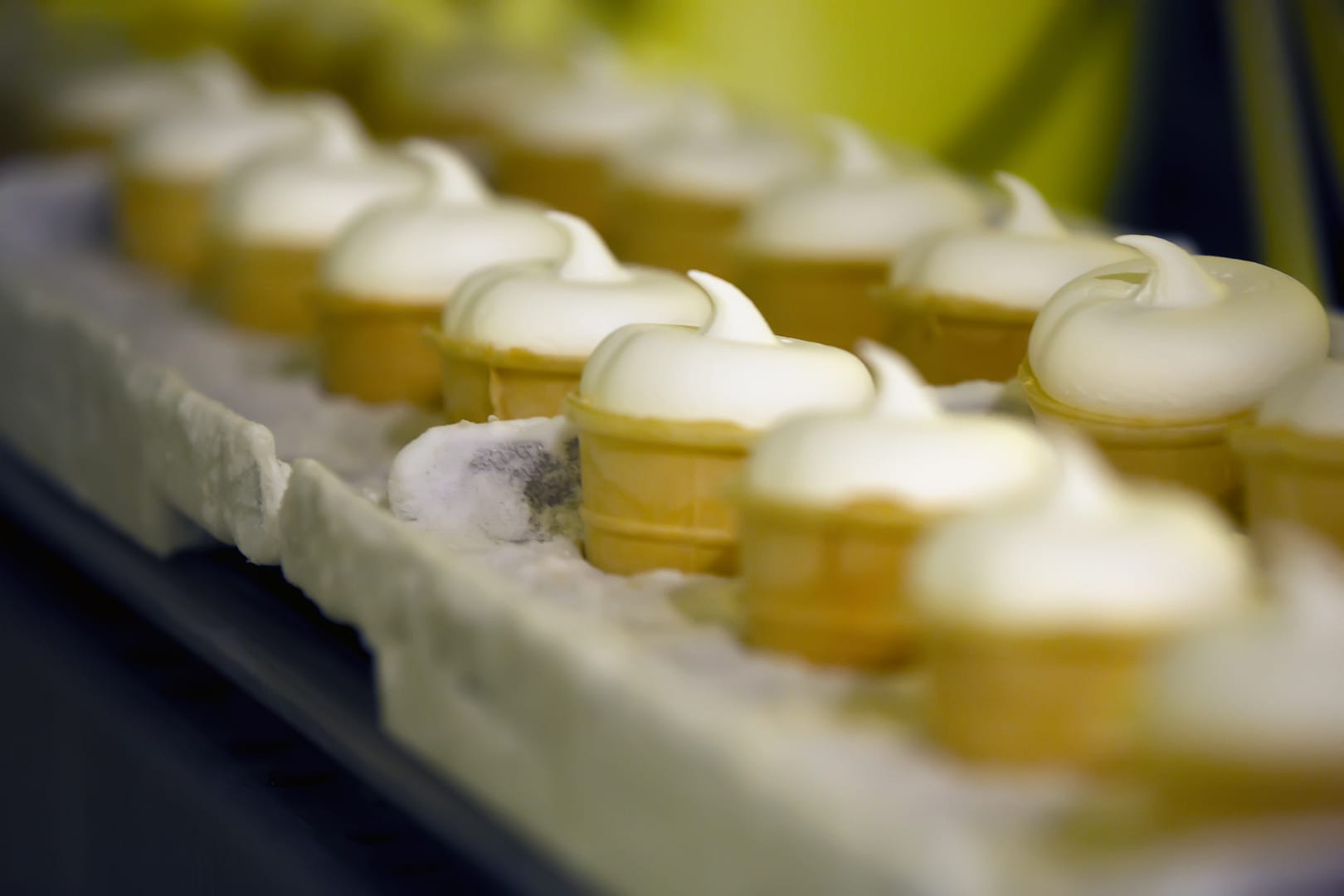|
Radiometric Profiling (RP) |
Ultrasonic Thickness (UT) |
Industrial Radiography (RT) |
Pulsed Eddy Current (PEC) |
| Zero holes in piping insulation |
Jacketing and insulation remains intact |
Requires holes / removal of insulation, and surface prep |
Jacketing and insulation remain intact |
Removal of insulation above 8” thick is required |
| Zero radiation exposure risk |
Testing can occur without operations interruption |
Testing can occur without operations interruption |
Radiation field present, may require test area barricades and operations interruption |
Testing can occur without operations interruption |
| All piping can be tested |
Can test all piping up to 24” diameter, including elbows, and nested and suspended piping |
Can test all piping including nested and suspended |
Piping must be 6”< diameter; nested, suspended, and elbows cannot be tested |
Piping must be <6″ diameter; suitable for magnetic steels only |
| Measure entire pipe profile |
Measures entire circumference of pipe, top and bottom, wall to wall |
Measures only where transducer is in contact with pipe (about 1” on a single side) |
Captures image of 1 or 2 walls |
Measures average single wall |
| Fast evaluation |
Average rate is 150+ test locations per day |
Average rate is 50 test locations per day |
Average rate is 30 test locations per day |
Average rate is 100 test locations per day |
| Pipe wall thickness |
Measured on bare and insulated piping |
Estimated results; prone to erroneous results on pitted or frozen pipe |
Accuracy sensitive to film/source orientation |
Erroneous results if isolated pitting is present |
| Water or ice in insulation |
Detected and measured (volume) |
Detected with visual after insulation removed |
Evidence may or may not be detected |
Cannot detect or measure moisture in insulation |
| Corrosion |
Evidence is identified on bare and insulated piping |
Detected with visual after removed |
Accuracy sensitive to film/source orientation |
Erroneous results if isolated pitting is present |
| Erosion |
Evidence is identified on bare and insulated piping |
Estimated results; prone to erroneous results on pitted or frozen pipe |
Accuracy sensitive to film/source orientation |
Erroneous results if isolated pitting is present |

